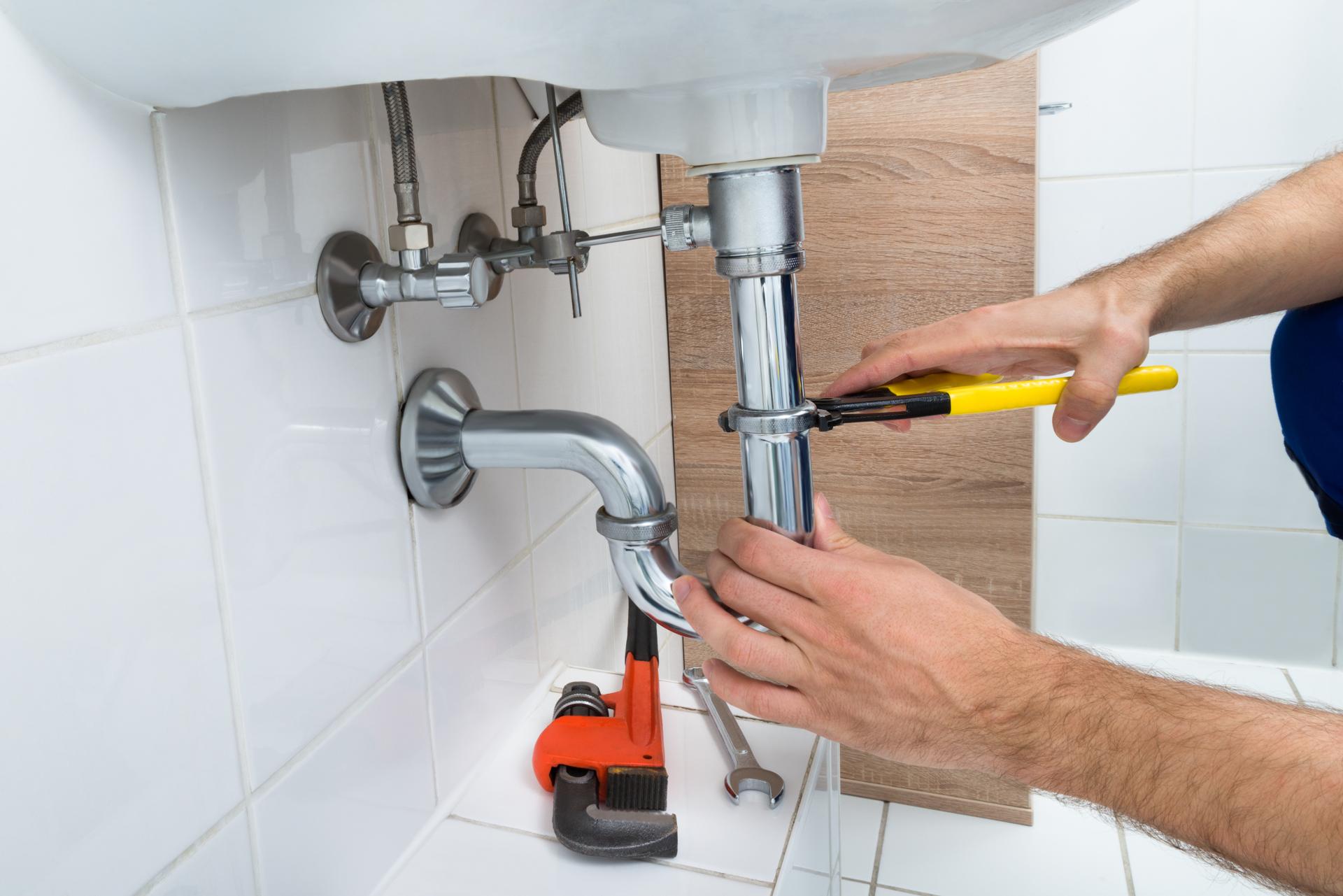The Factors to Consider When Replacing Your Plumbing and What You Need to Know

Plumbing is an integral part of any home, providing us with clean water to drink, cook, and cleaning, as as a way to dispose of waste. However, like any other appliance in your home, plumbing will eventually become worn out and need replacement.
Knowing when it’s time to replace your plumbing is vital to prevent costly repairs and prevent health risks. We’ll go over the signs that suggest your plumbing needs to be replaced, what you should consider prior to replacing your plumbing the procedure for replacing your plumbing, the benefits in replacing the plumbing and a FAQ section to answer any questions you may have.
There are signs that it’s time to upgrade your plumbing
There are a variety of indications that your plumbing is in need of being repaired, such as leaks If you see the presence of water stains or puddles on your house, it’s a indication of a leak in your plumbing. Leaks can cause severe damage to your home’s structure and lead to mold growth and it’s important to take action immediately. Rusty pipes: Rusty pipes are an obvious sign that your plumbing is in need of be replaced. Rust could contaminate the water supply in your home, making it unsafe to drink or cook with. In the event of low water pressure, if your faucets and showerheads produce weak flow of water is a sign of low pressure water that is caused by corroded pipes or blockages. Water discoloration like yellow or brown, could be the result of sediment or rust buildup in your pipes. This could affect the taste and quality of your water and may indicate the need for plumbing replacement.
Things to consider prior to replacing Plumbing
Before replacing your plumbing, there are many factors to consider, including the age of your plumbing system: Plumbing systems can last for about 50 years. So if your home is over that time, it’s likely that it’s time to replace. Cost of replacement The replacement of your plumbing may be expensive, so it’s important to budget for this expense. The severity of the plumbing issue: If your plumbing issues are extensive and affecting several areas of your home then replacement could be the best choice.
What can you expect during the Plumbing Replacement Process
The plumbing replacement process involves several steps, including: Shutting off your water source: Your plumber must turn off the water supply to your residence to prevent any leaks or water damage. Removing old pipes The old pipes will have to be removed. This may require cutting through walls or floors. Installation of new pipes New pipes are installed, and may require rerouting to ensure proper water flow. The time frame for the plumbing replacement process will depend on the dimensions of your house and the complexity of the job. Homeowners can expect some disruption during the project, which could include water shut-offs, and possibly damage to floors and walls.
Benefits of replacing plumbing
The replacement of your plumbing has many benefits, including increased water efficiency new plumbing fixtures and pipes are more efficient, which means reducing the amount of water you use and decreasing your energy bills. Improved water quality by replacing older, corroded pipes new ones can improve the quality and quality of water and make it safe for drinking and cooking. Lower risk of plumbing problems: New plumbing is less likely to develop leaks or clogs, reducing the requirement for costly repairs in the future.
Conclusion
Removing your plumbing is a significant investment, but it’s essential to ensure your home’s safety and peace of mind. If you know the indicators that suggest your plumbing needs to be replaced, considering the reasons for replacement, and knowing what you can expect from the replacement process, you will be able to make an informed decision about the plumbing in your home. Remember, replacing your plumbing offers several benefits, including increased water efficiency, improved water quality, and a reduced the chance of having plumbing problems in the future.
FAQ Section
What is the cost to replace plumbing?
The cost to replace your plumbing will be contingent on several factors, including the size of your home and the difficulty of the job, and the type of materials employed. In the average, homeowners should expect to pay between $5,000 to $10,000 for a whole-house plumbing replacement.
How long will it take to change the plumbing?
The length of time needed for plumbing repair will be contingent in the area of the home and the complexity of the work. Typically, a whole-house plumbing replacement can take between two and four weeks.
Do I need to change my plumbing if there’s an issue with my plumbing?
If you’re experiencing a single leak in your plumbing, it may not need a full replacement. However, if you’re experiencing multiple leaks or observe other indications of plumbing issues, a replacement might be the best solution.
Do I have the ability to replace my plumbing by myself?
Replacing your plumbing is a complicated task that should be left to an experienced plumber. Doing it yourself could result in costly errors as well as dangers to your safety.
What kind of pipes should I use for my plumbing replacement?
There are several types of pipes that are suitable for plumbing replacement, including copper PVC and PEX. Your plumber can recommend the best kind of pipe based on your needs and budget. To conclude, the replacement of your plumbing system is a crucial decision that should be made by taking careful consideration. By understanding the signs that tell you that your plumbing is in need of replacing, considering the various factors that can affect replacement and knowing what to expect during the replacement process, you’ll be able to make an informed decision about the plumbing of your home. A qualified plumber will assist you in the procedure and guarantee the success of your replacement of your plumbing.
